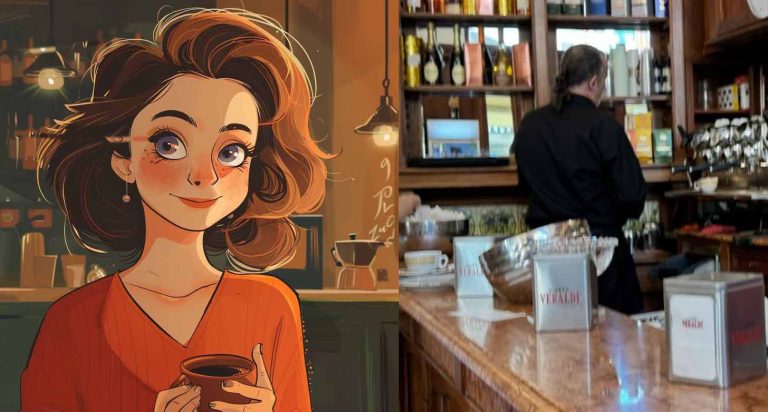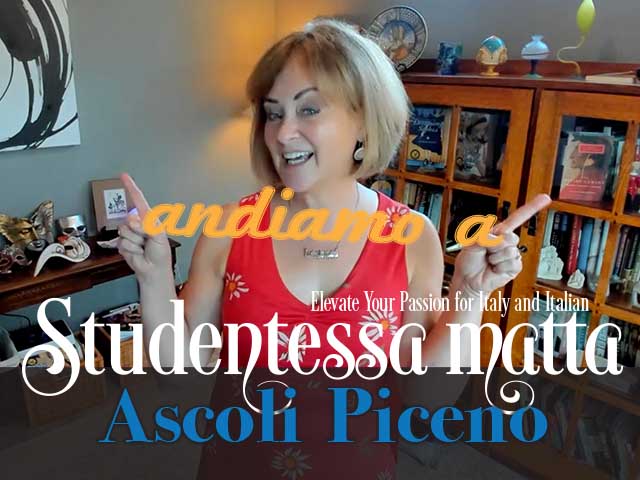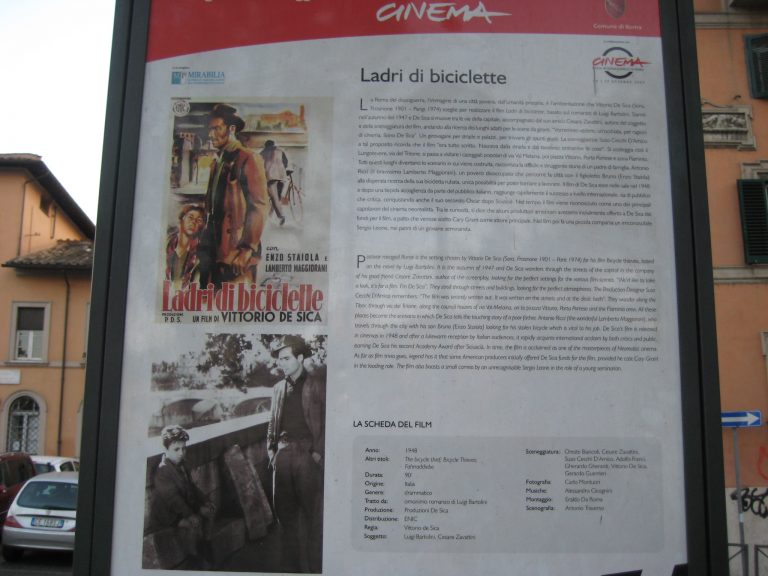
Essere vs. Stare:
It is important to be aware of the differences
“Essere” o “Stare”: Decifrare la differenza tra i due verbi italiani
“Essere” or “Stare”: Decoding the Difference Between Two Italian Verbs
In italiano, esistono due verbi, “ESSERE” e “STARE,” che esprimono uno “stato dell’essere.” In inglese, invece, ne esiste solo uno per comunicare lo stesso concetto: “to be.”
In Italian, there are two verbs, “ESSERE” and “STARE,” that express a “state of being.” In English, however, there is only one verb to convey this concept: “to be.”
**Essere o stare, questa è la domanda! Qual è la differenza e come fare a scegliere tra STARE e ESSERE? Indaghiamo insieme!
“To be or to be, that is the question! What is the difference, and how do you know when to use STARE versus ESSERE? Let’s investigate together!”
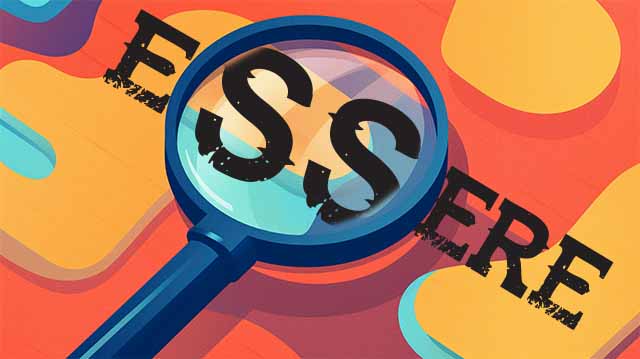
ESSERE è usato per descrivere come qualcuno si sente o le qualità di qualcuno.
ESSERE is used to describe how someone feels or someone’s qualities.
Sei felice? Are you happy?
Sono triste. I am anxious.
Lei è emozionato/a. She is excited.
Loro sono intelligenti/e. They are intelligent.
ESSERE è usato per descrivere chi sei o per parlare di te stesso.
ESSERE is used to describe who you are or talk about yourself.
Siete insegnanti? Are you all teachers?
No, siamo studenti. No, we are students.
Sono italiano/a. I am Italian.
Il mio ragazzo è francese. My boyfriend is French.
Io sono di Milano. I am from Milan.
La donna è alta e bella. The woman is tall and beautiful.
ESSERE è usato per descrivere uno stato di esistenza,
descrivere luoghi, descrivere oggetti, e localizzare oggetti.
ESSERE is used to describe a state of existence,
describe locations, describe objects, and locate objects.
Dov’è il libro? Where is the book?
La loro Ferrari è rossa. The red Ferrari is theirs.
Gli spaghetti sono deliziosi. The spaghetti is delicious.
La borsa è sulla tavolo. The purse is on the table.
Il ristorante è piena di gente. The restaurant is full of people.
Esserci
Essere è anche ampiamente combinato con “ci”
nel verbo pronominale ESSERCI.
C’è, ci sono — in inglese, there is, there are.
Essere is also widely combined with “ci” in the pronominal verb ESSERCI. C’è, ci sono — in English, there is, there are).
Esserci states the existence of someone or something.
C’è molto da fare.
There is a lot to do.
C’è un uomo misterioso in the room.
There is a mysterious man in the room.
Ci sono nuovi insegnanti alla scuola.
There are new teachers at the school.
Ci sono molte macchine sulla strada oggi.
There are many cars on the road today.
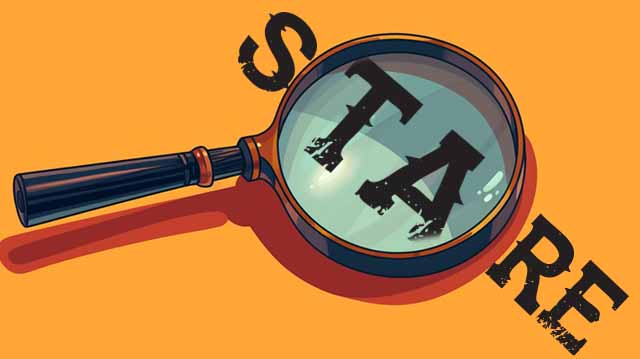
Quando usi il verbo “STARE”, esprimi posizioni fisiche o lo stato
fisico della tua persona. Indica posizione, salute e aspetto.
When you use “STARE,” you express physical position or your person’s physical state. It indicates location, health, and appearance.
Usi il verbo STARE per esprimere come sei.
You use the verb STARE to express how you are.
Come stai? How are you?
Sto bene. I am well.
Sta male. She is sick.
State meglio. You all are better
Usi il verbo STARE per esprimere la tua
posizione fisica (come il verbo “RIMANERE”).
You use the verb STARE to express your
physical location (like the verb “RIMANERE” – to stay).
Stiamo a casa stasera. We are staying at home tonight.
Stanno a letto tutto il giorno. They stay in bed all day long.

Usi il verbo STARE per dire che qualcosa,
come un capo di abbigliamento, ti sta benissimo.
You use the verb STARE to mean something looks
great on you, like a piece of clothing.
Questa gonna mi sta benissimo. This skirt looks great on me!
Quei pantaloni ti sta male. Those pants do not suit you.
Il colore rosso si sta molto bene. The color red suits her very well.
Ci sono molte espressioni idiomatiche che usano il verbo STARE.
Many idiomatic expressions use the verb STARE.
Stare in piedi – to be standing/to stand
La donna sta in piedi e canta davanti al pubblico.
Stare seduto/a – to be seated
Preferisco stare seduto quando lavoro al
computer per evitare di affaticare troppo la schiena.
Stare zitto/a – to be quiet
Per favore, potresti stare zitto per un momento?
Sto cercando di concentrarmi.
Stare attento/a – to pay attention
Stanno attenta a non cadere sulle scale, sono scivolose.
Stare calmo/a – to stay calm
Non preoccuparti, tutto andrà bene. Stai calmo e cerca di rilassarti.
Stare a cuore – to have at heart
La sicurezza dei nostri dipendenti e dei nostri clienti ci sta molto al cuore.
Stare fermo – to have at heart
Per favore, stai fermo e non muoverti mentre prendo la tua misura per il vestito.
Stare con – to be in a relationship with someone
Mia sorella sta con il suo ragazzo da quasi un anno.
Si usa il verbo STARE per esprimere un’azione in corso. Questo è il gerundio.
You use the verb STARE to express in progress action. This is called the “gerundio.”
The gerundio is formed by adding -ando to the root of -are verbs and -endo to the root of -ere and -ire verbs. For example, the gerundio of the verb “parlare” (to speak) is “parlando,” and the gerundio of the verb “leggere” (to read) is “leggendo.”
Sta piovendo fuori. / It’s raining outside.
Dove stai andando? / Where are you going?
Sto aspettando la autobus. / I’m waiting for the bus.
Si usa il verbo STARE + la preposizione PER per
parlare di un’azione che avverrà nel prossimo futuro.
You use the verb STARE + the preposition PER
to talk about an action that will happen in the near future.
The gerundio is formed by adding -ando to the root of -are verbs and -endo to the root of -ere and -ire verbs. For example, the gerundio of the verb “parlare” (to speak) is “parlando,” and the gerundio of the verb “leggere” (to read) is “leggendo.”
Il film sta per cominciare – the movie is about to start.
Sto per andare a casa. – I am about to go home.
Stanno per partire col treno. – They are about to leave by train.

In definitiva, pensate a ESSERE come il verbo per ciò che siete nel profondo—le vostre caratteristiche essenziali—e a STARE come il verbo per come vi sentite o dove vi trovate in un dato momento. Ora che avete queste regole base, non avete più scuse per confondere i due! Ma ricordate, se sbagliate, non state troppo male: imparare una lingua è un viaggio, non una destinazione. Siate pazienti con voi stessi e continuate a praticare!
In the end, think of ESSERE as the verb for who you are at your core—your essential characteristics—and STARE as the verb for how you’re feeling or where you are in a given moment. Now that you know these basic rules, you have no more excuses to mix them up! But remember, if you make a mistake, don’t feel too bad: learning a language is a journey, not a destination. Be patient with yourself and keep practicing!
